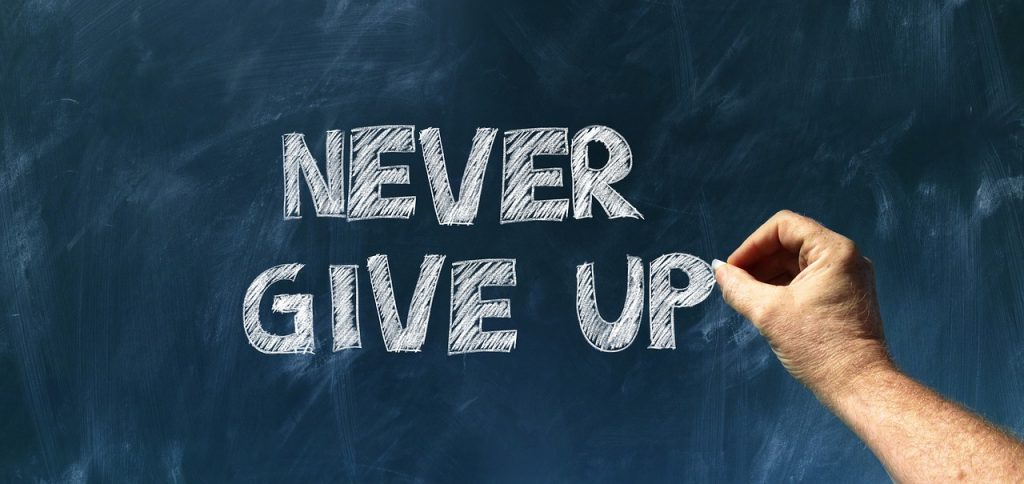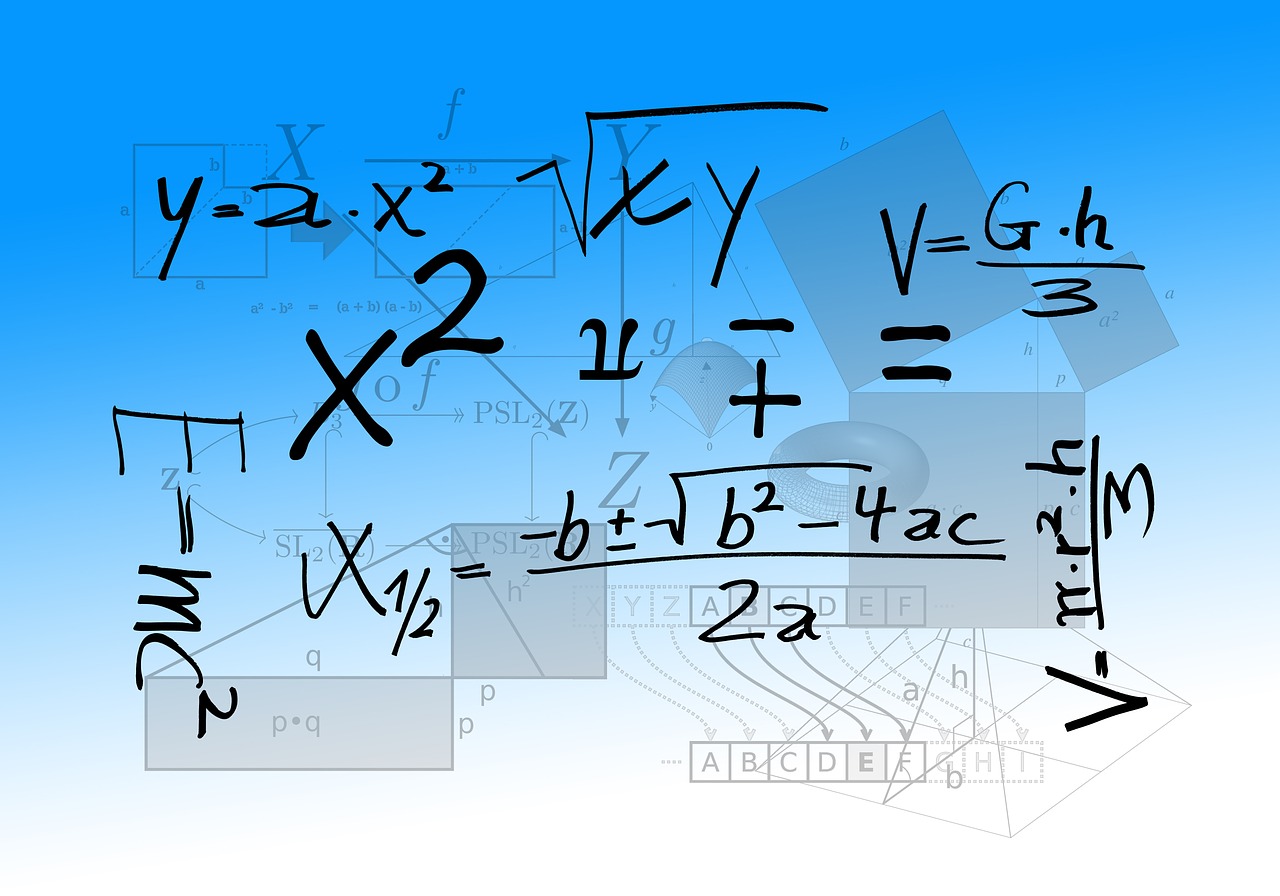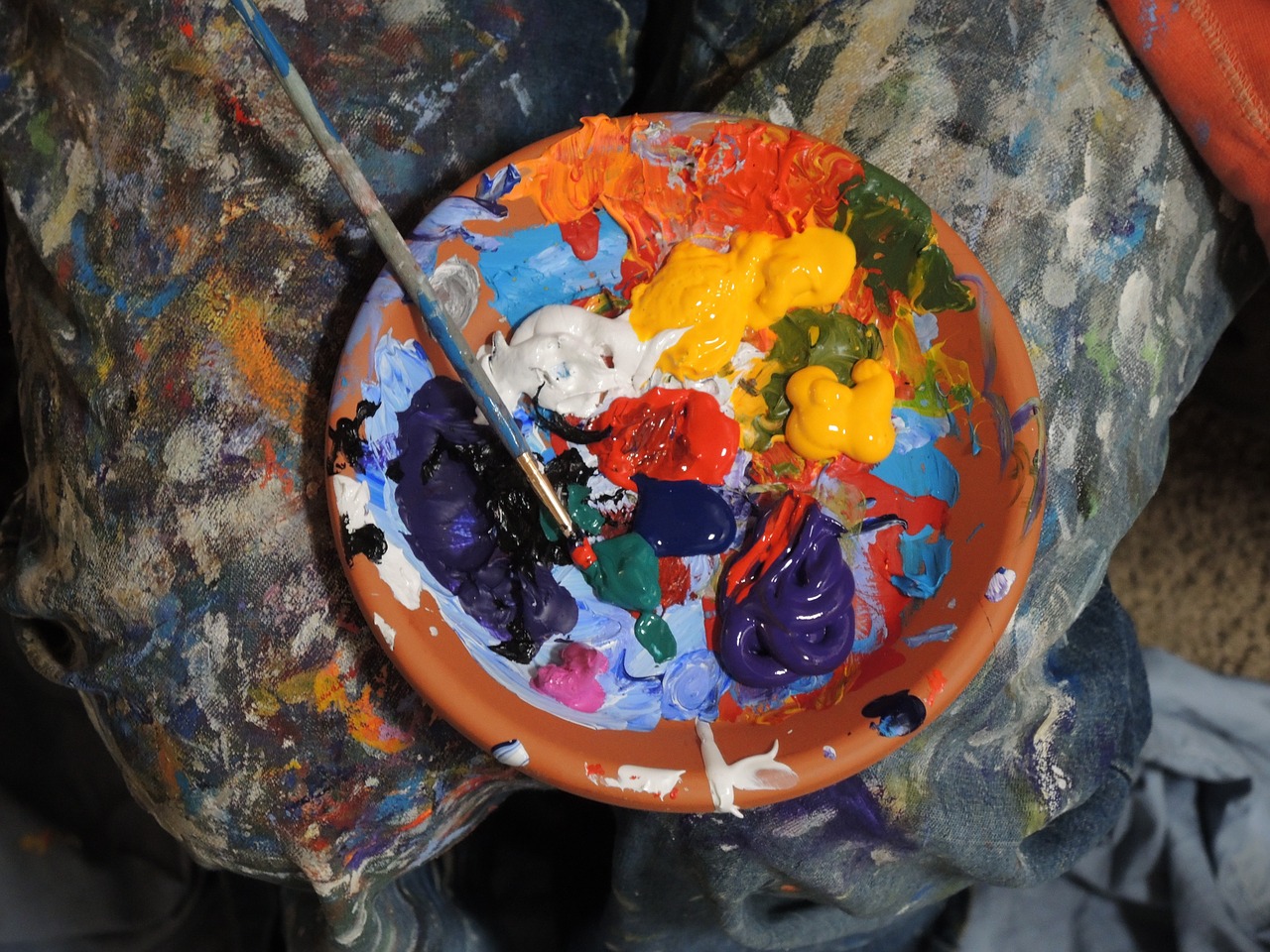
tutorials


“Education is not the filling of a pot but the lighting of a fire”
W.B. Yeats
what's right and what's wrong?

Science - Fact
Although astronomy is a science based subject there are many facets to it including observation, physics, photography, etc. There are times when the science mixes with art

Art - Personal Interpretation
Any form of photography is a form of art in that the photographer will decide on composition, lighting, colour balance, etc to how he/she perceives the subject

what the camera sees!
It is important to remember that in these tutorials we are not aiming to present images, time lapses, etc in a way that we would normally see with the naked eye as there wouldn’t be much to see. The camera is a tool that enables us to see and appreciate things that we are incapable of seeing. All we do as ‘artists’ is to enhance what is already there, not to add or take away.
how i learnt & how i keep learning
There is more than one way to go about completing any task, some are easy, some are hard. When starting out on anything new such as time lapse imaging at night the first thing I did was to have a look on the internet and YouTube to see how other people were doing it and try and get some tips as to the possible pitfalls and how to get around them. Apart from picking up useful information this way I have tried a bit of trial and error and found ways that work for me. I also attend astroimaging conferences as they are a great place for social networking and sharing ideas.

trial and error

In the tutorials that I have provided on the following pages I will go through my workflows of doing things which may work for some but not for others, as I have mentioned it is one way of doing things. Hopefully you may get some useful tips and then go and have a look on the internet, YouTube, etc to further your knowledge and skills. Also, as mentioned above I am still learning and I am often making slight alterations to how I do things, this is the beauty of dealing with digital data in that it never deteriorates.
